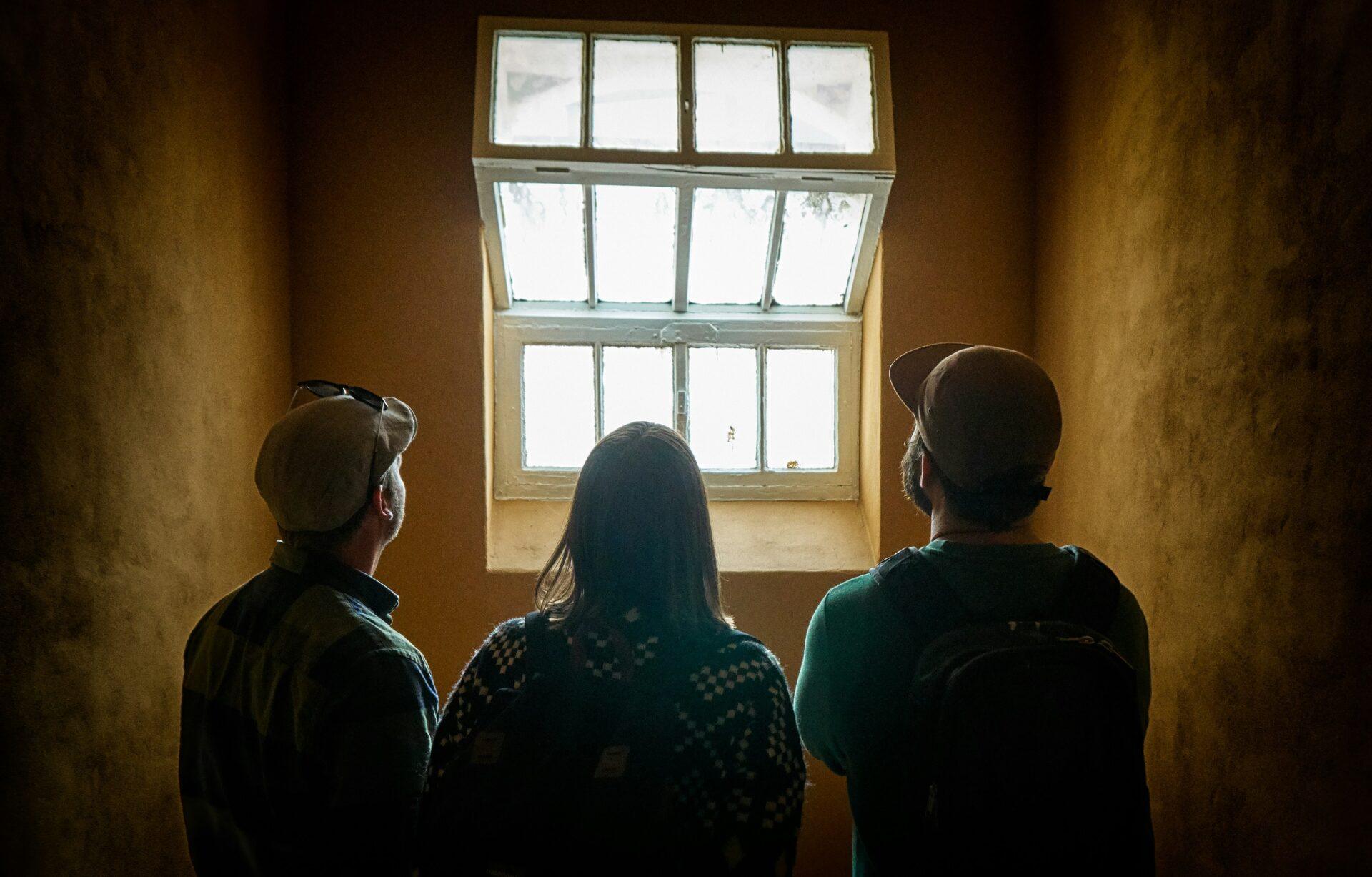
Perspectives on light quality in spatial contexts
With a holistic approach, both measurable and subjective aspects can be included in the definition of light quality.
PROJECT INFORMATION
Timeline
March 2024 – December 2025
Total cost of project
3 091 979 SEK
Swedish Energy Agency’s project number projektnummer
P2023-01529
Coordinator
Konstfack University of Arts, Crafts and Design
Participants
Konstfack
Project manager and contact
Johanna Enger: johanna.enger@konstfack.se
Light quality is primarily measured and understood through physical metrics, such as photometric data, which form the basis for European and Swedish lighting standards. However, light is not just a technical parameter; it is the very foundation of our visual experience of a space. It determines our experience on both a sensory level and a perceptual level, shaping our overall perception of the atmosphere. This, in turn, has significant effects on our well-being and health, highlighting the need for a holistic approach to defining light quality. Yet, the experience-based aspects of light are often overlooked, both due to common practices that prioritize measurable data and a modern culture that predominantly values objective and quantifiable parameters over subjective and emotional experiences.
The concept of “light” actually has two distinct meanings, which creates confusion. Light, in the sense of a stream of photons and electromagnetic radiation, is measurable with technical devices such as spectrometers. However, light as the process that begins when electromagnetic radiation hits the retina of the eye rarely correlates with the former. This is because physical measurements of light are precise, whereas the perception of light (or any sensory experience) is relative, contextual, and highly individual.
In order to present a more holistic approach to defining light quality, this work examines various perspectives from science and artistic research, while also exploring ways to incorporate perceptual, emotional, and subjective aspects.